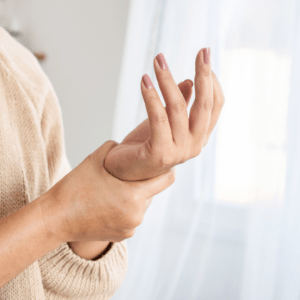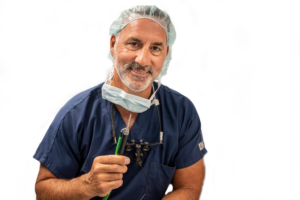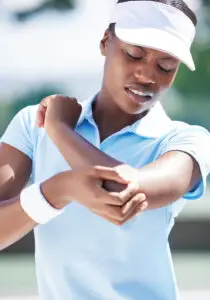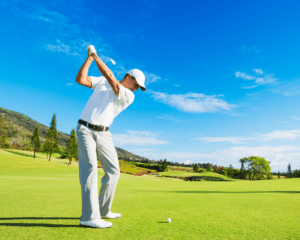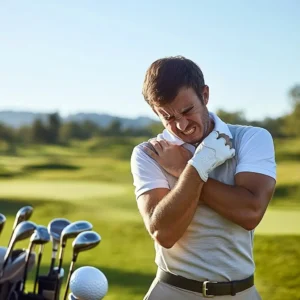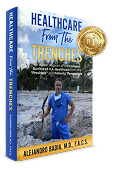What’s Really Causing Carpal Tunnel Syndrome?
By Sanctuary magazine staff Carpal tunnel, which is a common nerve compression disorder causing pain, tingling and numbness in the wrist, hand and fingers, is an occupational disease, right? “Wrong,” says Alejandro Badia, M.D., a noted hand and upper limb specialist and founder and chief medical officer of the Badia Hand to Shoulder Center and… [Read More]

